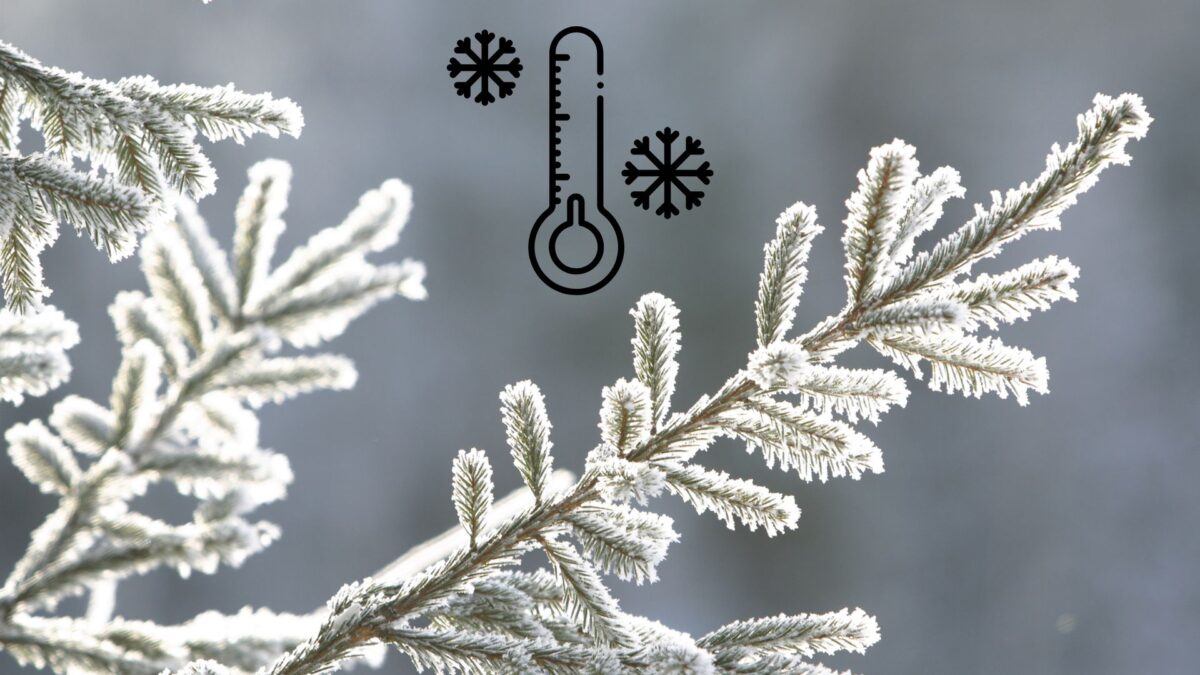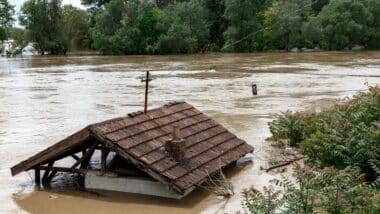Frost advisories have been issued by the National Weather Service for several counties in New York, warning of low temperatures during the early morning hours of Monday, June 2, 2025. These warnings highlight the risk of ice formation that could damage sensitive outdoor plants throughout the region. For gardeners and residents, this alert serves as a crucial reminder to take necessary precautions.
Late spring cold snaps can interrupt the growing season for many plants, causing damage that may delay or destroy crops and ornamental vegetation. Recognizing the potential impact of this advisory is important for protecting gardens and maintaining local greenery.
Frost Advisory Timing and Specific Locations Affected
The advisory will be in effect from 1 a.m. to 7 a.m. on Monday for Cattaraugus and Allegany Counties, including the cities of Olean and Wellsville. A separate advisory window from 2 a.m. to 8 a.m. covers Broome, Chemung, Chenango, Cortland, Delaware, Steuben, Sullivan, Tioga, and parts of Broome County. These timeframes coincide with the coldest pre-dawn hours when frost is most likely to develop.
Residents living in these counties should prepare for the possibility of frost during these early morning hours. Local weather conditions, such as clear skies and calm winds, will contribute to temperature drops conducive to ice formation.
Tonight will be chilly with low temperatures ranging from the mid 30s to lower 40s. Frost is possible across the eastern Catskills, where a Frost Advisory is in effect from 2-7 AM Monday. pic.twitter.com/gurW9QrUq2
— NWS Albany (@NWSAlbany) June 1, 2025
Forecasted Temperatures and Ice Formation Conditions
Temperatures are expected to drop into the mid-30s Fahrenheit, with some sheltered valleys experiencing lows near 33°F. Frost forms when moisture in the air freezes on surfaces, usually under clear skies and calm winds that allow temperatures to fall overnight. Cold air pooling in valleys and low-lying areas increases the risk of frost in those locations.
These temperature conditions create an environment where ice can settle on plants, causing damage if protective measures are not taken. Understanding how and where this occurs helps residents better protect vulnerable vegetation.
Frost Impact on Plants and Gardening Concerns
Frost exposure damages tender plants by causing ice crystals to form inside cells, which can rupture tissues and stunt growth or kill the plant entirely. Seedlings, flowers, and many garden vegetables are especially vulnerable to freeze damage. Without protection, frost can significantly disrupt local gardening efforts and reduce yields for home growers.
Gardeners in the affected New York counties face the challenge of safeguarding plants that may already be in active growth stages. Awareness of frost risk helps gardeners plan appropriate interventions to minimize damage.

Protective Actions Recommended for Residents and Gardeners
To reduce frost damage, residents are encouraged to bring potted plants indoors and cover outdoor plants with blankets, sheets, or cloths during the advisory period. These coverings help trap warmth and prevent ice from settling directly on plant surfaces. Timely action in response to advisories can preserve plants and limit damage.
Homeowners and gardeners should monitor local weather updates closely and be prepared to protect their outdoor vegetation as needed. Taking simple protective steps during these events can make a significant difference in plant survival and garden health.









